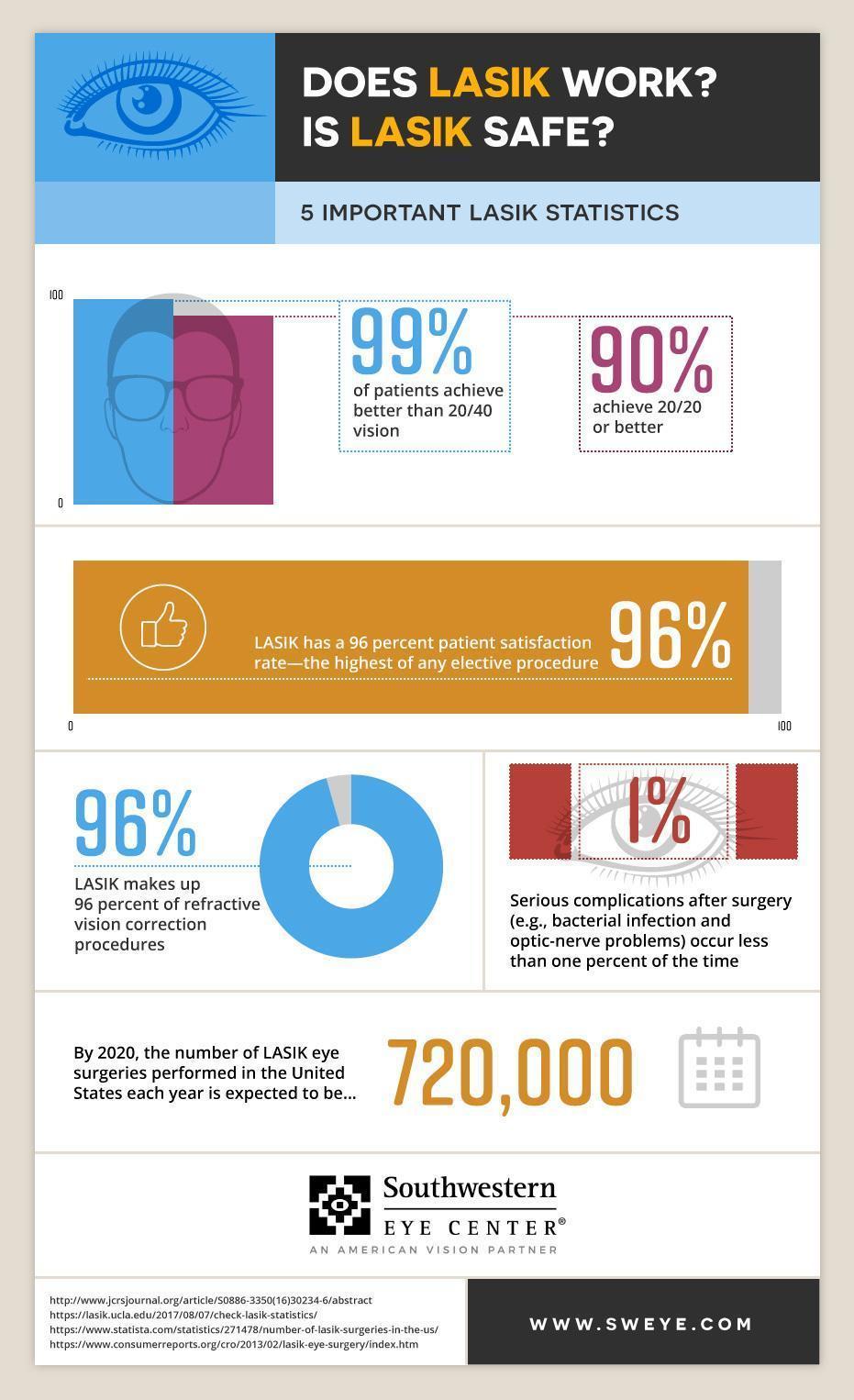What Are The Differences And Resemblances In Between SMILE Eye Surgical Procedure And LASIK And PRK?
What Are The Differences And Resemblances In Between SMILE Eye Surgical Procedure And LASIK And PRK?
Blog Article
Short Article Writer-Humphries Chase
If you have actually been thinking about SMILE eye surgical treatment, you might ask yourself exactly how it stacks up against LASIK and PRK. Each procedure has its own collection of advantages and considerations. From quicker recuperation times to possible dangers, there are key differences you ought to recognize prior to deciding. Comprehending how long does it take to see normally after cataract surgery will aid you make an enlightened option that lines up with your specific demands and expectations. Curious to understand even more concerning just how these treatments compare thoroughly? Keep exploring to acquire a comprehensive understanding of SMILE, LASIK, and PRK.
SMILE Eye Surgical Procedure Overview
If you're thinking about SMILE eye surgical procedure, you'll locate it to be a minimally intrusive treatment with a fast healing time. During SMILE (Tiny Cut Lenticule Extraction), a laser is made use of to create a little, accurate incision in the cornea to remove a small item of tissue, improving it to remedy your vision. This varies from LASIK, where a flap is created, and PRK, where the outer layer of the cornea is completely gotten rid of.
Among the key benefits of SMILE is its minimally invasive nature, resulting in a faster recovery procedure and much less pain post-surgery. The healing time for SMILE is fairly fast, with several clients experiencing boosted vision within a day or 2. This makes it a popular option for those seeking a practical and effective vision modification procedure. In addition, SMILE has been revealed to have a lower threat of dry eye syndrome compared to LASIK, making it a positive option for people worried concerning this potential adverse effects.
Differences Between SMILE, LASIK, and PRK
When contrasting SMILE, LASIK, and PRK eye surgeries, it's important to recognize the distinctive techniques utilized in each treatment for vision improvement.
SMILE (Small Incision Lenticule Removal) is a minimally intrusive treatment that involves developing a little laceration to remove a lenticule from the cornea, improving it to correct vision.
more info (Laser-Assisted Sitting Keratomileusis) includes developing a slim flap on the cornea, utilizing a laser to improve the underlying cells, and then repositioning the flap.
PRK (Photorefractive Keratectomy) gets rid of the external layer of the cornea before reshaping the tissue with a laser.
The major difference hinges on the method the cornea is accessed and treated. SMILE is flapless, making it a good alternative for people with thin corneas or those associated with get in touch with sporting activities. LASIK offers quick aesthetic recovery as a result of the flap creation, but it may present a higher danger of flap-related difficulties. PRK, although having a much longer healing period, stays clear of flap-related issues entirely.
Understanding these variances is critical in choosing the most ideal procedure for your vision adjustment needs.
Advantages And Disadvantages Comparison
To evaluate the benefits and disadvantages of SMILE, LASIK, and PRK eye surgical treatments, it's necessary to think about the details benefits and prospective restrictions of each treatment. SMILE surgical procedure provides the advantage of a minimally intrusive treatment, with a smaller incision and possibly quicker recovery time contrasted to LASIK and PRK. It also minimizes the threat of dry eye post-surgery, a typical negative effects of LASIK. Nevertheless, cataract surgery status icd 9 may have constraints in dealing with greater levels of myopia or astigmatism compared to LASIK.
https://medicaldialogues.in/news/health/medico-legal/lasik-surgery-caused-retinal-displacement-consumer-court-holds-doctor-hospital-guilty-of-medical-negligence-77078 supplies quick visual recuperation and very little discomfort during the procedure. It's very effective in treating a vast array of refractive errors, including myopia, hyperopia, and astigmatism. Yet, LASIK carries a risk of flap difficulties, which can affect the corneal structure.
PRK eye surgery, while not as prominent as LASIK, prevents producing a corneal flap, lowering the risk of flap-related difficulties. It's suitable for patients with thin corneas or irregular corneal surfaces. Nevertheless, PRK has a much longer recuperation time and may entail extra pain throughout the healing process.
Final thought
So, when it concerns choosing between SMILE, LASIK, and PRK, consider it like choosing the best pair of footwear. SMILE is like a sleek, comfortable pair of tennis shoes - quick and very easy.
LASIK is more like stylish high heels - fancy and quick, yet with some possible threats.
PRK is like tough hiking boots - trustworthy and durable, yet needing a bit even more time and effort.
Inevitably, the best choice depends on your individual requirements and preferences.
